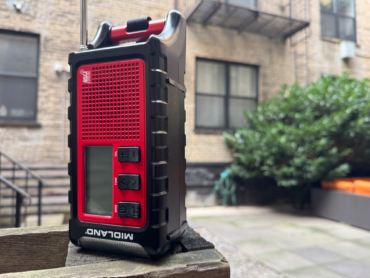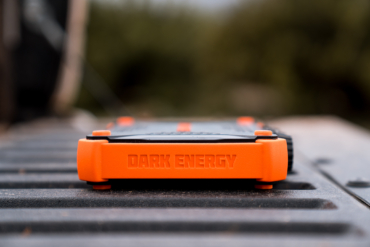The phone rang clear, then a voice picked up. It was my wife on the other side of the world. My feet were planted in sand on a remote desert track in the Middle East, in the country of Jordan. She was holding our newborn baby in the States.
Cell phones have demystified the convenience of communicating from almost anywhere. But there are still vast regions where cell towers do not exist.
That’s when satellites come into play. In Jordan, where I traveled this past spring, I brought a satellite phone from Spot LLC.

The company’s Global Phone model was released in May. It’s just 5 inches tall, and the body is made rugged for the outdoors.
Sat phones used to be bulky and expensive. The Spot product is neither — it weighs just 7 ounces and costs $499, which is in line with the retail price of a high-end smartphone like the Apple iPhone 5.
Calling plans with Spot start at 25 cents a minute or $149.99 for monthly unlimited voice. (That monthly rate is about the same as what I pay for my current cellphone plan, by the way.)
Don’t expect to play Angry Birds or snap an Instagram with the Global Phone. The unit is utilitarian and made primarily for voice, though you can check voicemail and receive text messages from afar.
The form factor of the phone is basic. Its screen is rudimentary — a 4-line, 12 character LCD. The number keys are light-up for dialing in the dark.
The antenna folds out and telescopes easily. The compact phone feels solid and durable in the hand, though like many gadgets you’ll want to keep this in a waterproof bag or case and treat it with care.

If you have a laptop along in the wilds the Global Phone works as a modem. Spot sells a kit to connect the phone to a computer, letting you get online to check emails from far away.
Don’t expect to upload video or large photo files. Data speed for the satellite modem feature tops at 28kbps, which is the same specs you’ll find on a dial-up Internet connection.
Important to anyone who ventures into the wilds, Spot includes a 911 emergency feature. Users simply dial 9-1-1 and can be connected to a rescue center almost anywhere on the planet. The “911” option is via the GEOS International Emergency Response Coordination Center.
In Jordan, I thankfully never even thought about the emergency mode. But as backup “insurance” in a remote place the service could literally be a life saver.
The phone uses a rechargeable battery pack. Talk time is quoted at 4 hours before you need a recharge, or 36 hours of standby time.
As an aside, the lithium-ion battery appears to hold its charge for a long time. I put my Spot phone away for about two months between trips. Its battery had not lost any charge when I turned it back on in late summer to make a call.
Conveniently, each phone comes with a 10-digit U.S. phone number. Anyone can call your sat phone, and you answer just like a normal phone. Caveat: You must have the antenna up to receive a call. It won’t work tucked away in a backpack with the antenna down.

Via an online tool, a friend or family member can send a text message to a Spot phone. There’s a form online where you can enter the phone number and a 35-character message.
From a wifi-connected laptop, I typed in a test message. . . (Review continued on page 2 of this post)






